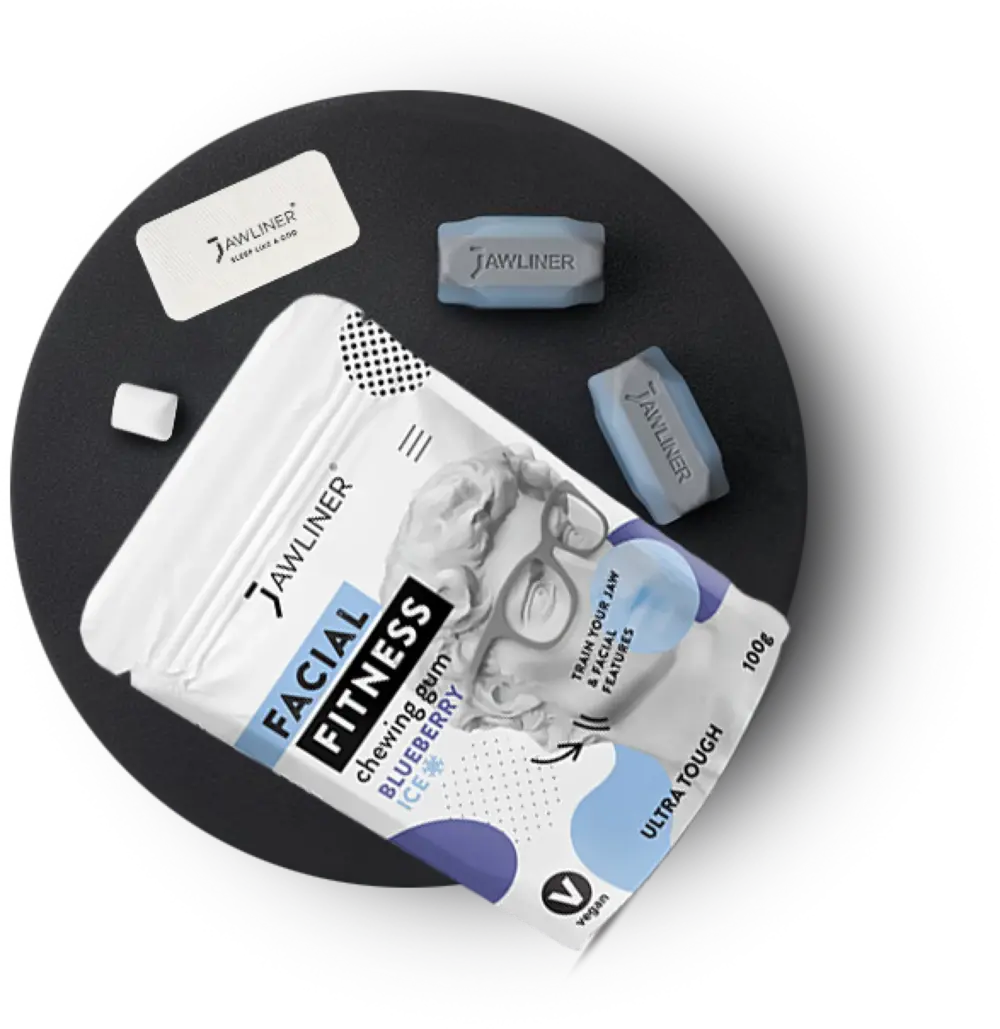When running, cycling, strength training, or practicing martial arts, many athletes use nasal strips to facilitate nasal breathing during exercise and improve their breathing. Do nasal strips help you breathe better? Find out the truth here.
Running out of air? Why nasal breathing is so important in sports
Many people automatically start breathing through their mouths when they exercise . This feels easier in the short term, but it also has disadvantages: the air is less filtered, not moistened, and enters the lungs unimpeded.
Nasal breathing, on the other hand, supports the natural protective mechanisms of the respiratory tract and is considered more efficient when it comes to oxygen utilization.
However, it can be difficult to breathe through the nose, especially during exercise. Here are some possible reasons:
- narrowed nostrils
- a cold or mild congestion
- an allergic reaction
- a slight deviated septum
- or simply the lack of habit
People who want to consciously train or specifically relieve their nasal breathing often use nasal strips or nasal tapes. These are designed to lift the nostrils slightly, making it easier to breathe through the nose.
How do nasal strips work and what are their benefits?
Nasal strips, also known as nose strips or nose tapes, consist of plasters with flexible plastic strips that are stuck across the bridge of the nose . They work purely mechanically: the tension gentlypulls the nostrils outwards.
This allows the nasal passages to widen, which can facilitate airflow through the nose, especially during physical exertion or restricted breathing , such as with a mild cold.
Important: This is not a medical product. Nasal strips do not contain any active ingredients, are considered very well tolerated, and generally do not cause any side effects.
Many people report feeling that they can breathe more freely, especially during sports, if they tend to snore, or during allergy-related discomfort.
Nasal strips in sports – when they are useful
In professional sports, nasal strips are used specifically to support nasal breathing under stress, and they have also long been used in recreational sports. This was very evident again at this year's Tour de France. Especially during endurance activities such as running, cycling, or HIIT, many people use nasal strips to control their breathing more consciously through the nose.
In sports involving controlled tension, such as strength training, martial arts, or yoga, numerous users report a subjectively noticeable improvement in nasal airflow.
The advantage: nasal strips work mechanically, without any active ingredients. They lift the nostrils slightly, allowing air to flow more freely through the nose. While this does not guarantee improved performance, many users report feeling that it makes breathing easier.
JAWLINER® Nose Tape – optimized for sports & sleep
✔️ Mechanically opens the nostrils for easier breathing
✔️ Extra-large adhesive surfaces for a secure hold during training
✔️ Hypoallergenic adhesive in medical quality
✔️ Matt & transparent = barely visible on the skin
✔️ 30-day money-back guarantee
👉 Try it now
How to use nasal strips correctly
To ensure that your nose patch sticks properly and supportsnasal breathing , it is important to use it correctly. Here are the most important steps for use during sports.
-
Preparation: Before applying the patch, thoroughly clean the skin around your nose. This is best done with lukewarm water and a mild, oil-free cleanser. Make sure the skin is dry and clean so that the patch adheres well.
Important: Do not apply to broken, irritated, or very red skin. - Applying the nose plaster: Place the plaster in the center of the bridge of your nose. The ends should extend slightly beyond the nostrils. Press it on evenly and without tension. This will ensure that it adheres securely and can work most effectively.
- Use during training: Apply the nose tape about 15–30 minutes before training. For strenuous exercise and heavy sweating, we recommend a model with high adhesive strength, such as JAWLINER® Nose Tape.

Who are nose tapes suitable for and what are their limitations?
Nose strips can be helpful for many people—for example, those with allergies, a cold, or a slight deviated septum that makes it difficult to breathe through the nose. People who snore regularly also use nose strips as an aid to help clear their nasal passages.
Important: If you have persistent breathing difficulties, tape alone will not suffice. If you have polyps or severe anatomical narrowing, you should consult a doctor to find out what is causing the problem. If you are unsure, you should consult a doctor to determine the causes of your restricted nasal breathing, especially if the symptoms persist.
One advantage: the strips do not contain any active ingredients and are considered to be well tolerated.Simply stick them on, breathe, and you're done.
Nasal strips for everyday use – not just for athletes
Focused during the day, better sleep at night? Nasal strips aren't just for training. Many people wear them when sleeping, when they have a cold, on planes , or simply when their nose is blocked.
They can also help facilitate nasal breathingwhen traveling, on airplanes, or in heavily air-conditioned rooms . Even during prolonged periods of concentration or screen work, some users report a more comfortable breathing sensation.
They are easy to use and the tape is inconspicuous. Many report immediate results. Noticeably freer, more relaxed, more focused. Just give them a try.
Small but effective: nasal strips for sports
Just stick it on and your nose opens up. That's the simple principle behind nose tape. No wonder many athletes and everyday heroes rely on it.
Whether you're training, traveling, or sleeping at night , JAWLINER® Nose Tape stays in place and can help you breathe more consciously through your nose.
➡️ Try it for yourself: Get JAWLINER® Nose Tape now
FAQ – the most frequently asked questions about nose plasters in sports
How long can you wear a nose patch?
A nose patch should generally be removed after 8–10 hours. When exercising, it is often sufficient to use it during the activity.
Can you use nose plasters multiple times?
No, nose plasters are disposable products. Once removed, they lose their adhesive strength and shape – reusing them is unhygienic and ineffective.
Can I wear the nasal strip while sleeping?
Yes, many people use nasal strips at night to breathe better through their nose and reduce snoring. It is important that it adheres well and fits comfortably.
Are there different sizes for different nose shapes?
Some manufacturers offer one size fits all, others offer different widths or shapes. JAWLINER® Nose Tape has extra-large adhesive surfaces for reliable hold, regardless of nose shape.
Are nose strips also suitable for sensitive skin?
JAWLINER® nose tape useshypoallergenic, medical-gradeadhesive ( ). For very sensitive skin, it is still recommended to test the tape on an inconspicuous area first.
Do nose plasters work even if the nose is very blocked?
Nose plasters only provide limited relief for completely blocked nasal passages. They can be used as a supportive measure, but are not a substitute for medical treatment for a severe and persistent cold.






